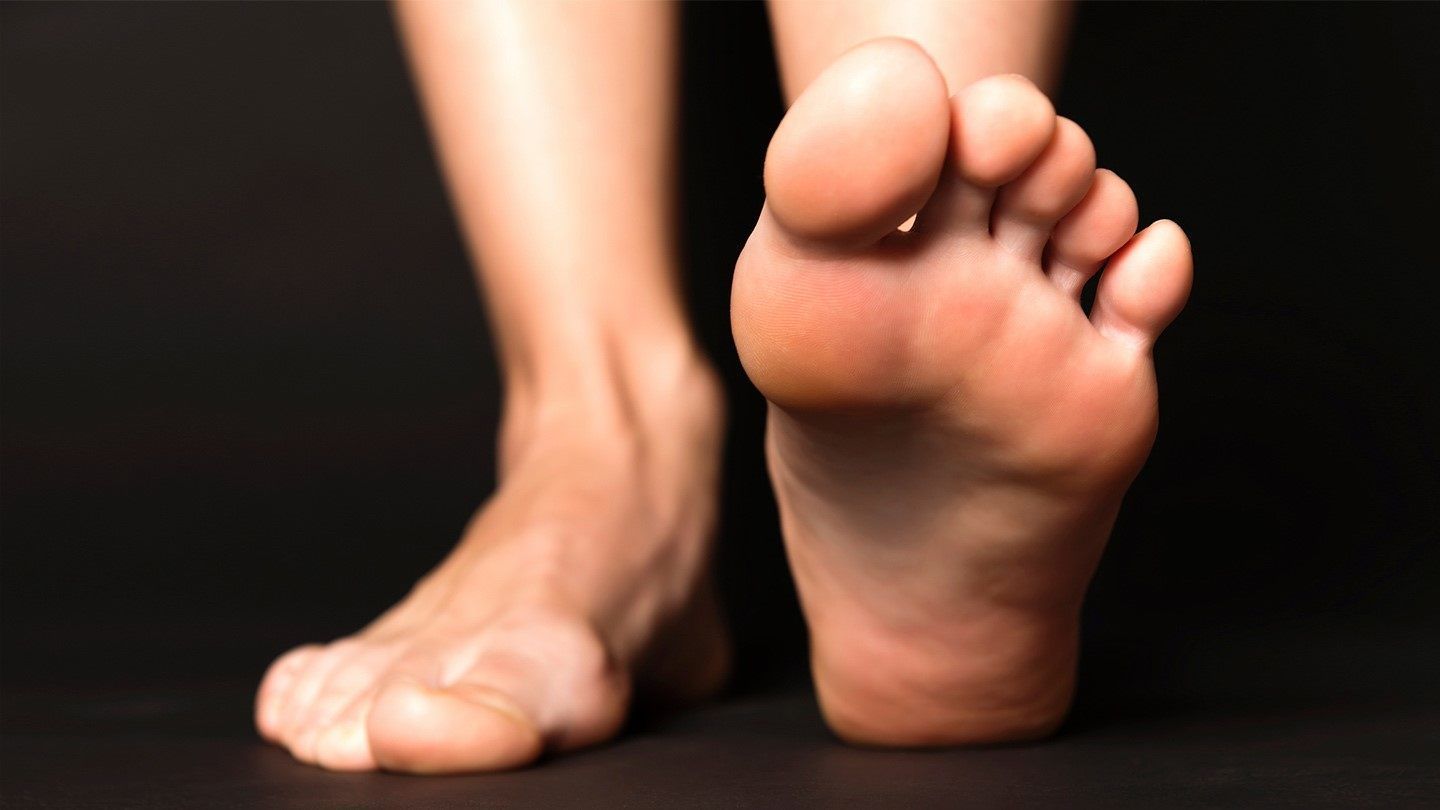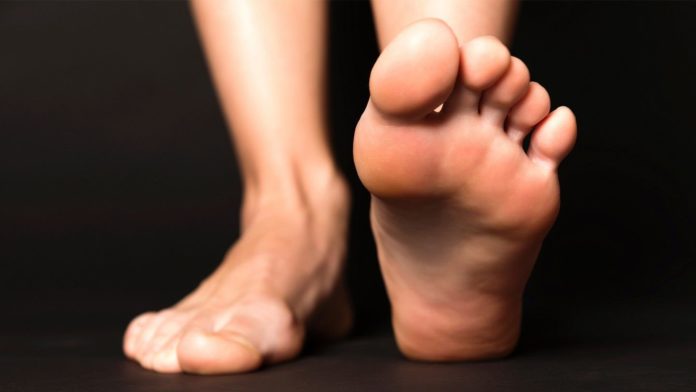Cellulitis is a potentially dangerous bacterial infection that affects the deeper layers of the skin, including the dermis, or second layer of skin, and the subcutaneous tissue, or fat and connective tissue that form the bottom layer of skin. (The top layer of skin is called the epidermis.)
Cellulitis can develop anywhere on the body, but in adults it most commonly affects the skin of the lower legs. In children, cellulitis often affects the face and neck, according to the American Academy of Dermatology (AAD). (1)
About 14.5 million people in the United States develop cellulitis each year.
“Cellulitis literally refers to inflammation of the skin,” says Tsippora Shainhouse, MD, a board-certified dermatologist and a clinical instructor at the University of Southern California in Los Angeles.
“It usually appears in the skin as an expanding pink or red patch that feels warm and hard, and sometimes tender to touch,” says Dr. Shainhouse.
Cellulitis Signs and Symptoms
Cellulitis can develop quickly and can lead to serious consequences, so it’s important to seek medical treatment quickly if you see signs or have symptoms of this type of infection, says the AAD. (2)
As mentioned previously, cellulitis most often occurs in the legs in adults and, according to Shainhouse, it typically occurs in one leg at a time, not both at once.
Common symptoms of cellulitis include:
- Skin redness
- Swelling
- Pain or tenderness
- Skin that’s warm to the touch
- Fever
- Red spots
- Skin dimpling
You may not notice warmth or pain until you touch or press an area affected by the infection. Some people develop other symptoms before there’s a change in the appearance of their skin, such as chills or fatigue, notes the AAD. (3)
“In more severe cases, additional clinical features may include blister formation, pustules (bumps on the skin containing pus), and necrosis (skin breakdown),” Shainhouse says.
Severe infection can also cause cold sweats, nausea, difficulty thinking, a fast heartbeat, and low blood pressure. (3)
Cellulitis usually doesn’t go away on its own.
Learn More About Cellulitis Signs and Symptoms
How Cellulitis Is Diagnosed
A doctor can often diagnose cellulitis simply by examining the skin, although blood tests and a blood culture may be used to confirm a diagnosis, notes the Mayo Clinic. (6)
“Some common mimickers of cellulitis include venous stasis dermatitis, contact dermatitis, eczema, an insect bite reaction, shingles, deep vein thrombosis (DVT), vein inflammation, and gout,” says Shainhouse.
It’s also important to rule out necrotizing fasciitis, a bacterial infection that can quickly destroy the tissue beneath the layers of skin. This is the condition commonly referred to as “flesh-eating disease.”
Here’s a closer look at a few skin conditions that could be mistaken for cellulitis, per VisualDx: (7)
Venous Stasis Dermatitis This type of redness and swelling of the lower legs is due to poor blood circulation. It usually affects both legs at once and is associated with rough, scaly skin and itchiness.
Contact Dermatitis Allergic contact dermatitis occurs when the skin comes into contact with an allergen, such as certain metals or poison ivy. The skin can become red, swollen, and blistered, but this type of reaction doesn’t usually cause a fever. Oftentimes the rash of contact dermatitis will form the shape of the allergen — for example, a rash that circles the wrist suggests that a watchband may be to blame, or a rash in a straight line across the ankle mimics the path of the poison ivy leaf that brushed against the skin.
Eczema Atopic dermatitis, or eczema, tends to cause itching, red or scaly skin, and sometimes raised bumps that leak and crust over. It can occur anywhere on the body and does not favor the legs.
Shingles Caused by the virus that causes chickenpox, shingles causes a painful rash that usually appears as a row of blisters. It can occur anywhere on the body but is usually limited to one side at a time.
Tinea Pedis Also known as athlete’s foot, this common fungal infection typically causes redness, itchiness, scaly skin, and sometimes blisters and cracking of the skin on the feet.
Gout Gout occurs when uric acid crystals form in a joint, causing pain, swelling, and stiffness. Gout can also cause the skin over the affected joint to appear red and feel warm to the touch.
Deep Vein Thrombosis A blood clot, or thrombosis, in a deep vein of the leg can cause swelling, pain, and warmth. Like cellulitis, deep vein thrombosis usually happens in only one leg at a time. You should seek medical help if you have signs or symptoms of deep vein thrombosis.
Vein Inflammation Known as phlebitis, inflammation in a vein can cause pain, swelling, redness, and warmth. Phlebitis can be caused by deep vein thrombosis and also by varicose veins. You should seek medical attention if you develop symptoms of phlebitis.
Lipodermatosclerosis Lipodermatosclerosis refers to changes in the skin of the lower legs caused by inflammation of the layer of fat underneath the skin. The skin may become reddish and harder and darker in color than usual. The leg itself may become swollen, and the condition can be painful. One or both legs may be affected. You should seek medical help if you have signs or symptoms of lipodermatosclerosis.
Learn More About Cellulitis Mimics
Cellulitis Treatment Options
Treatment of cellulitis depends on the severity of the condition. In most instances, an oral antibiotic should take care of the infection. But some cases may require intravenous antibiotics administered in a hospital setting.
While taking an oral antibiotic, continue to monitor your symptoms. As a general rule of thumb, your symptoms should improve, not worsen. If they don’t show signs of improvement after three days of starting treatment, contact your doctor immediately. (6)
If you’ve had cellulitis more than three or four times in the past year, your doctor may prescribe a low-dose antibiotic to take long-term as a preventive measure, notes Johns Hopkins Medicine. (9)
If you develop cellulitis again, after starting maintenance therapy, your doctor may need to conduct further testing to determine the cause of your infection, or you may be referred to an infectious disease specialist.
Learn More About Cellulitis Treatment Options
Special Precautions for People With Diabetes
People with diabetes, in particular, “should take meticulous care of their feet and be aggressive with treating even minor skin issues,” says Dr. Adalja. “Athlete’s foot (fungal infections on the feet) can cause skin to be more prone to bacterial infection, so this should be treated promptly. Also, they should receive routine podiatric care.”


11 Tips to Protect Your Feet and Legs if You Have Diabetes
If you have diabetes, examine your feet daily for redness, areas of warmth, signs of pressure or rubbing from shoes, blisters, or injuries of any type. Apply moisturizer to your feet to prevent cracking, but avoid putting moisturizer in the areas between your toes. In addition, keep your toenails and fingernails trimmed to prevent injury from scratching. (9)
Reducing Cellulitis Risk
Addressing the underlying risk factors for cellulitis can also help to prevent it. Such measures might include:
- Losing weight if you’re overweight
- Quitting smoking if you smoke
- Restricting alcohol consumption to no more than one drink per day for women and no more than two drinks per day for men, per the AAD (10)
Spotting an Infected Wound
Even with the best first aid, infections can still occur. In this case, early detection is key to avoiding serious complications. Signs of an infected wound include:
- Increasing redness and pain
- Pus or oozing liquid at the site of the wound
- Swelling
- Tenderness
- Itching
Research and Statistics on Cellulitis
Here's what researchers have learned about cellulitis, which annually affects about 14.5 million adults and children in the United States:
- Eczema, athlete’s foot, and even a bug bite can open the door to cellulitis. (5)
- Getting a new tattoo may increase the risk for cellulitis, as it presents an opportunity for bacteria to infect the skin, according to an article published in October 2016 in the journal Deutches Arzteblatt International. (14)
- People who’ve been previously diagnosed with cellulitis have a higher risk of having it again. (5)
- Applying prompt first aid to skin injuries lowers the risk of developing a wound infection.
- Diagnostic tests aren’t generally necessary for identifying cellulitis. (10)
- Cellulitis isn’t usually contagious.
- Cellulitis can be life-threatening if the infection travels to the bloodstream. (9)
- Cellulitis is not the same as cellulite. Cellulite is a cosmetic concern in which fatty deposits push through the connective tissue of skin, causing the appearance of dimples and lumps on the thighs, hips, and buttocks. It is not an infection and poses no medical risks to individuals who have it, notes the Mayo Clinic. (15)
Learn Some More Facts About Cellulitis
Resources We Love
The Information You Need — Fast!
Mayo Clinic
Cellulitis is frightening. Mayo Clinic explains it in terms you can understand, with tips for helping you help your doctor get to the right diagnosis.
KidsHealth
When your child or teen develops a rash or other symptoms involving the skin, you want to know quickly what to do. That’s where KidsHealth from Nemours can help, with straightforward information on when to see a doctor.
Favorite Resources on Lowering Your Risk and Preventing a Recurrence
Consumer Reports
The gym can be a breeding ground for skin infections, which is why you hope the person who used the exercise machine before you wiped it off. But germs can lurk in other parts of the gym too, such as the showers or the sauna. Consumer Reports tells you what to do to avoid bringing a skin infection home from the gym.
Cleveland Clinic
Wondering if you’re at risk for cellulitis? The Cleveland Clinic gives a thorough rundown of what contributes to a higher risk of this serious skin infection.
American Academy of Dermatology
Once you’ve had cellulitis, you never want it again, and the Tips page of the American Academy of Dermatology’s cellulitis center has lots of information on preventing a repeat episode of cellulitis.
NYU Langone Health
Cellulitis is a bacterial infection, and the bacteria behind it is often Staphylococcus aureus, or staph. So how do you prevent a staph infection? This site will tell you how.
Favorite Site for Understanding Cellulitis of the Eye
Stanford Children’s Health
When cellulitis affects the eyelid or the eye socket, it’s a serious condition that requires immediate medical attention. Stanford Children’s Health lays out the basics for parents whose children have — or may have — so-called preseptal or orbital cellulitis.


Editorial Sources and Fact-Checking
References
- Cellulitis: Overview. American Academy of Dermatology.
- Cellulitis: Causes. American Academy of Dermatology.
- Cellulitis: Signs and Symptoms. American Academy of Dermatology.
- Stevens DL, Bryant AE. Impetigo, Erysipelas, and Cellulitis. Streptococcus Pyogenes: Basic Biology to Clinical Manifestations. 2016.
- Cellulitis Symptoms & Causes. Mayo Clinic. April 10, 2018.
- Cellulitis Diagnosis & Treatment. Mayo Clinic. April 10, 2018.
- Choi AW, Xu S. Cellulitis and Its Mimickers. VisualDx.
- Cellulitis: Diagnosis, Treatment, and Outcome. American Academy of Dermatology.
- Health Library. Johns Hopkins Medicine.
- Cellulitis: How to Prevent It From Returning. American Academy of Dermatology.
- Armstrong GP. Infective Endocarditis. Merck Manual Consumer Version.
- Group A Streptococcal (GAS) Disease. Centers for Disease Control and Prevention. September 16, 2016.
- Lymphadenitis. MedlinePlus. July 9, 2018.
- Dieckmann R, Boone I, Brockmann SO, et al. The Risk of Bacterial Infection After Tattooing. Deutsches Arzteblatt International. October 2016.
- Cellulite. Mayo Clinic. March 7, 2018.
- Bush, L. Staphylococcus Aureus Infections (Staph Infections). Merck Manual Consumer Version. June 2019.











































